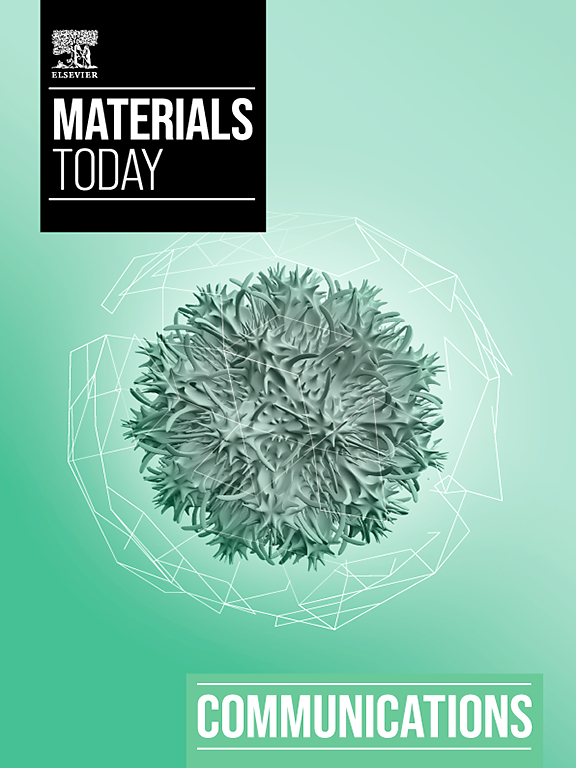基于 BP 神经网络的磷石膏基复合水泥基回填土强度预测和强度变化研究
IF 4.5
3区 材料科学
Q2 MATERIALS SCIENCE, MULTIDISCIPLINARY
引用次数: 0
摘要
回填土的单轴抗压强度(UCS)对确保围堰的稳定性和安全性至关重要。回填土的单轴抗压强度(UCS)对地表的稳定和安全至关重要,它可能导致地表塌陷和地表沉降变化。为了准确评估和预测磷石膏基复合胶凝回填土的强度,研究了四种胶凝材料因素(生石灰、磷石膏、NaOH 和水泥)对回填土强度的影响。建立了基于正交试验的磷石膏基复合水泥基回填土 BP 神经网络强度预测模型。使用 SEM-EDS 测试分析了不同固化期(7 天、14 天和 28 天)回填土内部结构强度的变化。结果表明,所建立的正交 BP 神经网络预测模型收敛速度快,预测精度高。预测模型的相关系数(R)高达 0.99903,相对误差在 5%以内。灰色关联分析结果表明,磷石膏含量是影响回填土强度的主要因素。此外,还阐明了不同胶凝材料含量对回填土强度的影响变化规律。回填土在不同固化期的内部强度主要受 3CaO - AlO - 3CaSO - 31 HO (AFt) 形成的影响。这些研究结果对于评估和预测磷石膏基水泥基复合回填土的强度具有重要意义,并为该领域的进一步研究提供了有力支持。本文章由计算机程序翻译,如有差异,请以英文原文为准。
Study on strength prediction and strength change of Phosphogypsum-based composite cementitious backfill based on BP neural network
The uniaxial compressive strength (UCS) of the backfill is crucial for ensuring the stability and safety of the goaf. It can lead to the collapse of the goaf and subsidence changes in the ground surface. To accurately assess and predict the strength of phosphogypsum-based composite cementitious backfill, the effects of four cementitious material factors (quicklime, phosphogypsum, NaOH, and cement) on the strength of the backfill were investigated. A BP neural network strength prediction model for phosphogypsum-based composite cementitious backfill based on orthogonal tests was established. The changes in the strength of the internal structure of the backfill at different curing periods (7 days, 14 days, and 28 days) were analyzed using SEM-EDS tests. The results showed that the established orthogonal BP neural network prediction model had fast convergence speed and high prediction accuracy. The prediction model's correlation coefficient (R) was as high as 0.99903, and the relative error was within 5 %. The results of the grey correlation analysis indicate that the phosphogypsum content is the primary factor influencing the strength of the backfill. Furthermore, the change rule of backfill strength in response to varying cementitious material content has been elucidated. The internal strength of the backfill at different curing periods is primarily influenced by the formation of 3CaO • AlO • 3CaSO • 31 HO (AFt). The findings of these studies are of great significance for the evaluation and prediction of the strength of phosphogypsum-based cementitious composite backfill and provide strong support for further research in this field.
求助全文
通过发布文献求助,成功后即可免费获取论文全文。
去求助
来源期刊

Materials Today Communications
Materials Science-General Materials Science
CiteScore
5.20
自引率
5.30%
发文量
1783
审稿时长
51 days
期刊介绍:
Materials Today Communications is a primary research journal covering all areas of materials science. The journal offers the materials community an innovative, efficient and flexible route for the publication of original research which has not found the right home on first submission.
 求助内容:
求助内容: 应助结果提醒方式:
应助结果提醒方式:


